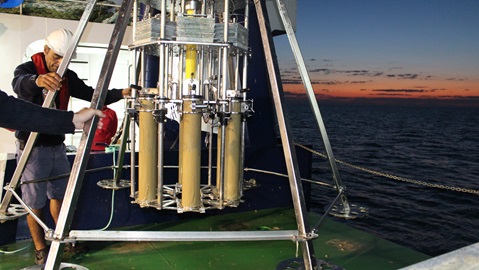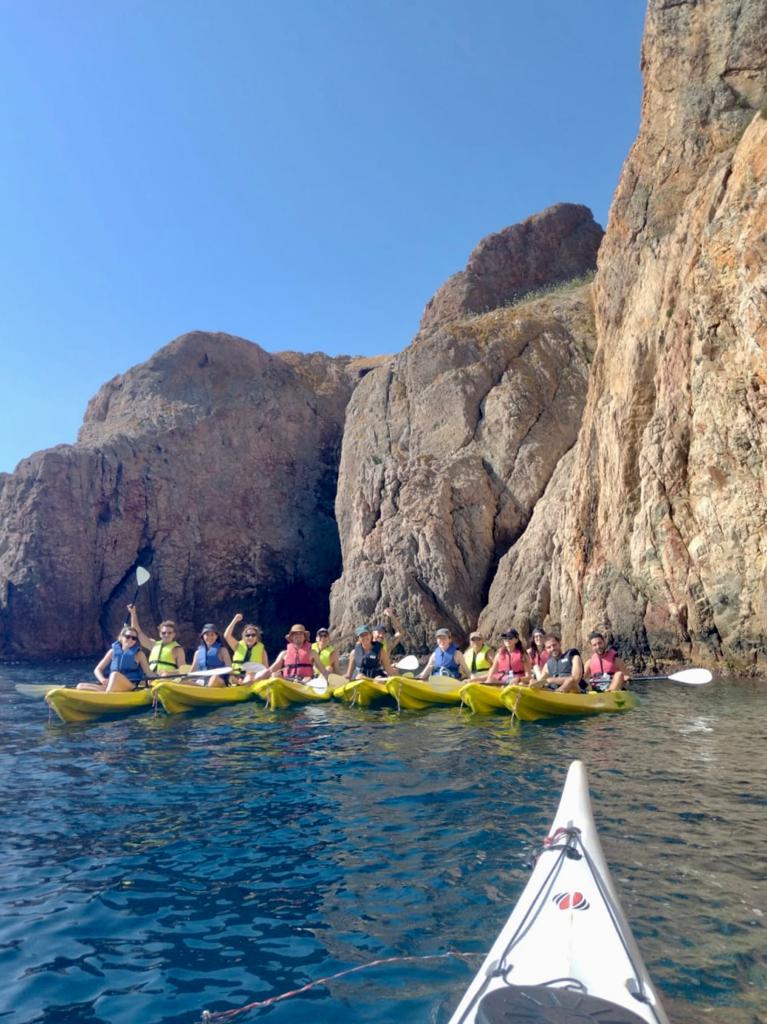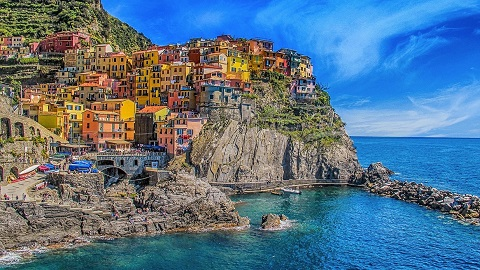Project
Investigating SGD and SWI in a western Mediterranean coastal aquifer
Coastal areas are one of the richest and most diverse environments in Earth hosting many different ecosystems such as bays, estuaries, wetlands, mangroves, and salt marshes. These areas have a fundamental role on supporting marine communities, regulating the climate and provisioning food among other ecosystem services. In addition to that, coastal areas modulate the transfer of mater from land to ocean contributing to the marine biogeochemical cycles. The continuous population growth that these areas experimented during the last century resulted in an increased demand for resource consumption. In coastal areas, the main source of water resource for urban supply, industry and agriculture are often the coastal aquifers. The intensive exploitation of groundwater suffered by the coastal aquifers together with the worsening of the groundwater quality due to wastewater and leaching of pollutants from industrial, agricultural, and livestock activities have promoted severe environmental impact. Among other impacts, salinization of coastal aquifers due to seawater intrusion and modifications on the regimes of groundwater discharge to the ocean are one of the main concerns for the scientific community and for policy makers.
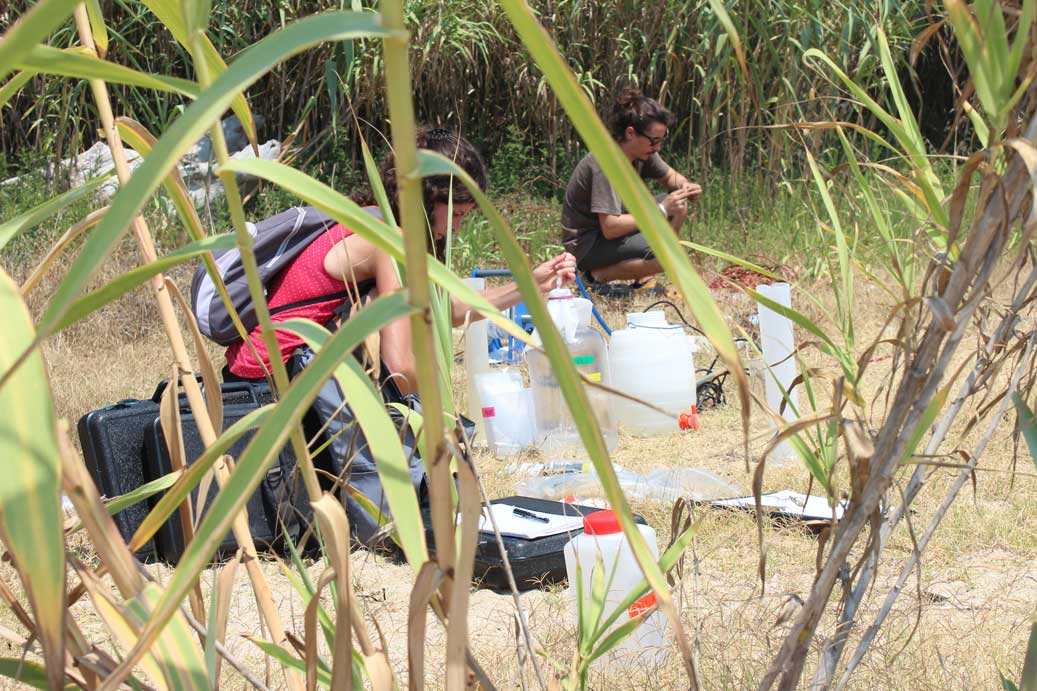
Sampling groundwater at the Argentona experimental site (Photo: L. Heins)
In 2015, a highly instrumented experimental site was constructed in the lowest part of the ephemeral stream of Argentona (NE Spain) in the frame of the Spanish national project MEDISTRAES (Mezcla y dispersión en el transporte de energía y solutos). Since then, an interdisciplinary group of researchers from different universities and research centers conducted their research there to investigate seawater intrusion and submarine groundwater discharge. The MERS group is contributing in this research by using natural radioactive as environmental tracers. Radioactive tracers provide temporal and spatial information of processes occurring in the coastal aquifer and in the coastal ocean. In the Argentona ephemeral stream These tracers have been used in Argentona to evaluate the role of its ephemeral stream as a permanent and variable sources of groundwater and nutrients to the coastal ocean as well to determine the characteristics of the groundwater flow in coastal aquifers which is fundamental to understand the dynamics of seawater intrusion.
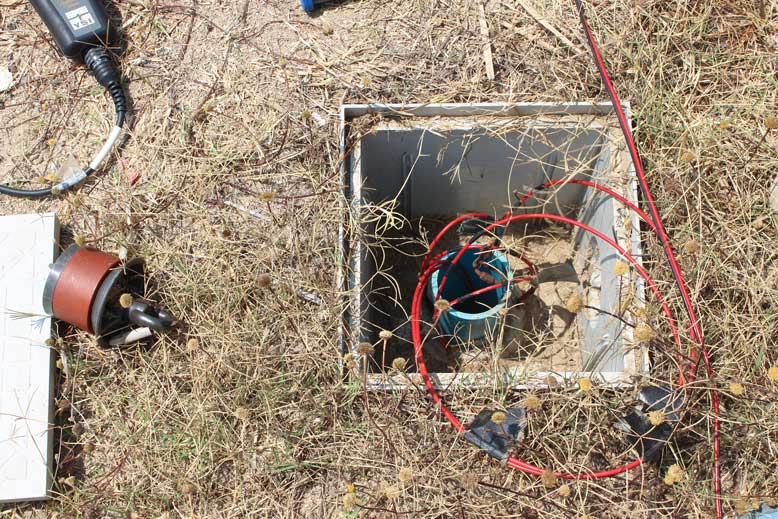
Piezometric well of the Argentona experimental site (Photo: L. Heins)

Sampling of groundwater at the coastline (Photo: L. Heins)
Relevant links
Related publications
link
link
link






